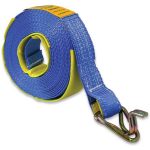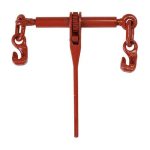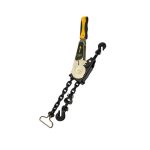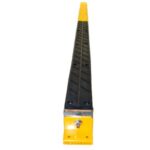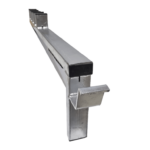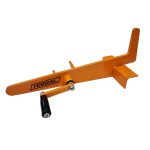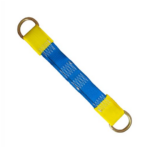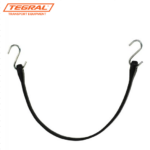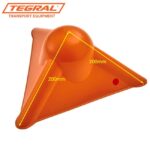Lashing capacity is the lashing’s strength, which should be marked on the lashing.
Pretension is the force of a lashing given by a tension mechanism.
How do lashing capacity and pretension relate?
It is important to note, that the lashing capacity of a webbing assembly does not equal the pretension force. Typical lashing capacity for a 50 mm webbing strap is 2,000 Kilogram-Force (kg-f), whereas pretension is only 300 kgf. How do I know if my lashing is sufficient?
In order to achieve optimal friction between the load and the deck, the tiedown lashings should always be pre-tensioned to provide a minimum clamping force of 20% of the weight of the load. This provides a guide when choosing load restraints.
The simple rule is to select lashings whose combined lashing capacity is:
- In the forward direction = twice the weight of the load (i.e. lashings have a combined capacity that matches the weight of the load).
- In the sideways direction = the weight of the load
- In the rearward direction = the weight of the load (i.e. lashings have a combined capacity that matches the weight of the load).
It is noted by the NTC, ‘hand ratchets that operate by pulling the handle downwards will normally produce much more pretension (600 kgf) than push-up ratchets and standard truck winches (300 kgf).
Tips and tricks.
- The extra-long handle style ratchet mechanisms and the double looping of webbing through the to achieve chain strength and pretension.
By looping the strap back down to the same side of the coaming rain, a standard ratchet lashing capacity can be doubled, and the pre-tension increased by an extra two-thirds
Load Restraint Guide 2018, National Transport Commission https://www.ntc.gov.au/sites/default/files/assets/files/Load-Restraint-Guide-for-light-vehicles-2018.pdf










